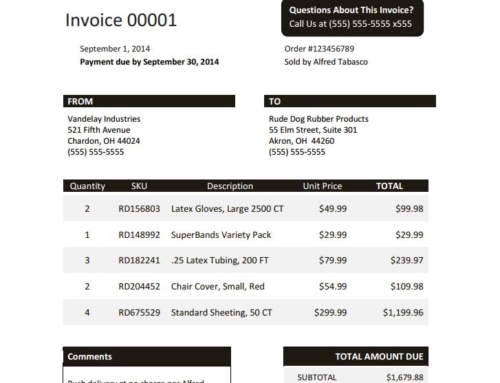Accounts receivable is the money owed to a company after they have giving a customer a product or service. The company has a right to collect this money and the money will contribute to the company’s cash flow, which will help improve the business’ working capital.
For example, Company A is a manufacturer of bicycles. Company B is a bicycle shop. Company B will purchase 12 bikes at $200 a bike from Company A to sell in their shop. Company A now has $2,400 in accounts receivable from Company B.
The problem with accounts receivable, especially in a B2B situation where products and services are being extended on credit, is the risk of never getting paid what you are owed. For this reason, businesses that offer lines of credit for their products or services should carefully vet their prospects before making them a customer.
For this reason, many businesses are turning to accounts receivable software. Accounts receivable software automates the process of collecting on overdue accounts. It can prioritize a collector’s day, telling them exactly which accounts to account. It can even contact accounts for the collector, by sending out automated email with past due notices or a link to pay in a customer payment portal.
Companies often see their days sales outstanding decrease when using accounts receivable software. The automation allows companies to focus on the most important accounts, ensuring the risk of not collecting on their accounts receivable stays low.




